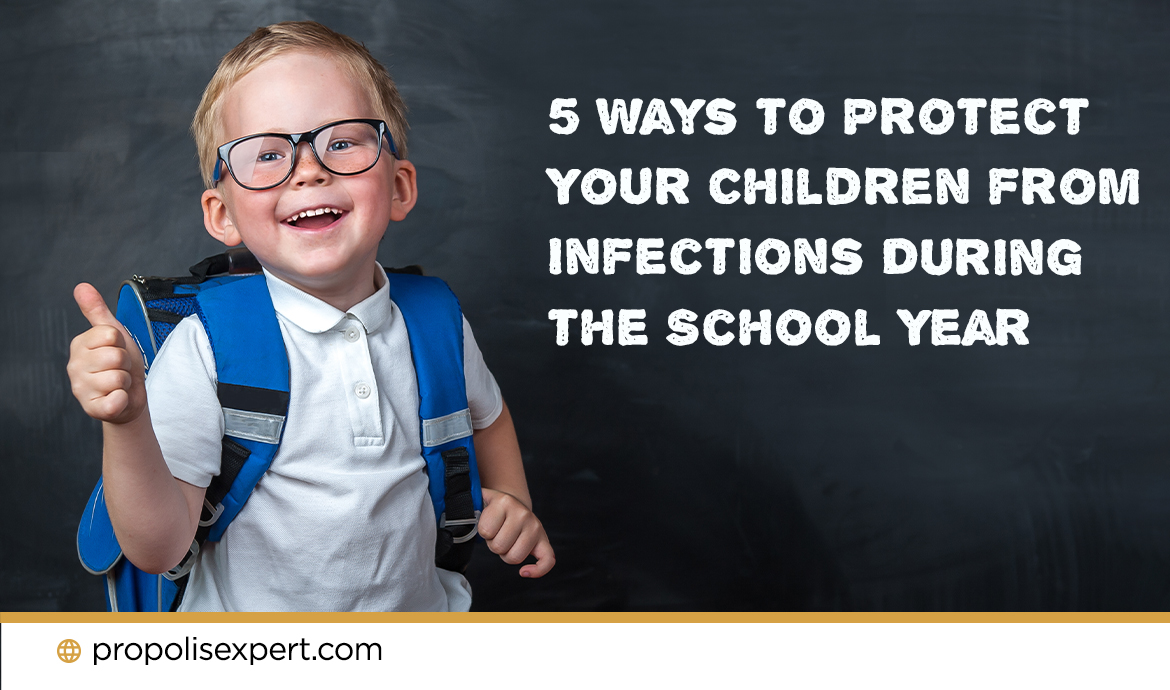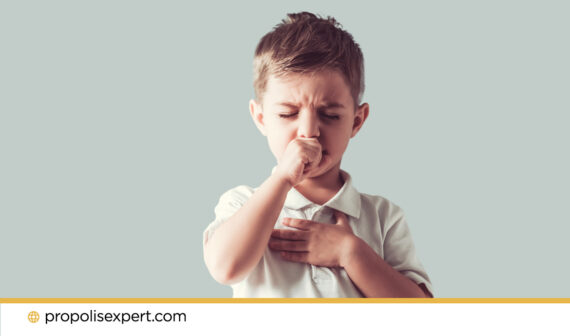With the start of the school season, the risk of children’s viral infections and other infectious diseases in schools comes to the forefront of our parental concerns. It’s important to understand the nature of these threats and take proactive steps to protect our children from the most common infections they may encounter in the school environment.
Children’s viral infections are a recurring challenge for parents and educators alike. These infections, caused by various viruses, can spread rapidly among children. The most common infection in children is often the viral common cold, followed closely by influenza (the flu). Both can lead to missed school days and discomfort for your child. The common cold, caused primarily by rhinoviruses, is indeed one of the most frequent infections that children face. Its symptoms, including sneezing, runny nose, coughing, and sore throat, are all too familiar to parents. While the common cold is generally mild, it can be disruptive to a child’s education and daily life. Also, schools can be hotspots for infectious diseases due to the close contact between students. In addition to the common cold and flu can spread easily in the school setting.
To protect your child from infectious diseases in schools, here are some key strategies:
-Natural Immune Support: Consider natural immune support options like Anatolian Propolis, which can strengthen your child’s immune system. Anatolian propolis extract contains compounds such as caffeic acid phenethyl ester, galangin, and pinocembrin that support the immune system. Its antimicrobial and antiviral properties can help the body avoid common infections and maintain overall well-being. You may strengthen your child’s immune system by including propolis in your daily routine.
A scientific study conducted in 2012 investigated the effect of propolis supplementation on upper respiratory tract infection in pediatric patients. Forty-one pediatric patients were administered a propolis supplement to evaluate its antimicrobial activity. According to the study results, children recovered in 2-5 days. Researchers suggested that propolis supplements prevent the growth of bacteria with their antimicrobial activity and help treat throat infections.
-Hand Hygiene: One of the simplest and most effective ways to prevent infections is by teaching your children the significance of good hand hygiene. Encourage them to wash their hands with soap and warm water for at least 20 seconds, especially before eating, after using the restroom, and after coughing or sneezing. Consider sending a small bottle of hand sanitizer in their school bag for situations where soap and water are not readily available.
-Responsible Respiratory Etiquette: Respiratory infections like the common cold and flu often spread through respiratory droplets when someone coughs or sneezes. Teach your child to cover their mouth and nose with a tissue or their elbow when coughing or sneezing. Dispose of used tissues properly and wash hands immediately afterward. By practicing good respiratory etiquette, your child can help prevent the spread of infections to their peers.
-Healthy Lifestyle: A strong immune system is better equipped to fight infections. Make sure your child maintains a balanced diet rich in fruits, vegetables, whole grains, and lean proteins. Encourage them to drink plenty of water and limit sugary snacks and beverages. Adequate sleep is equally important. Ensure your child gets the recommended amount of sleep for their age group to keep their immune system functioning at its best.
–Clean Environment: Maintain a clean home environment by regularly disinfecting frequently touched surfaces.
By implementing these proactive measures, you can significantly reduce the risk of your child falling victim to common infections and ensure they have a healthy and productive school year.
Reference: El-Shouny, Wagih, et al. “Antimicrobial activity of propolis extract on URT infections in pediatric patients admitted to Al-Thowrah hospital, Hodeidah City, Yemen.” World Journal of Medical Sciences 7.3 (2012): 172-177.






